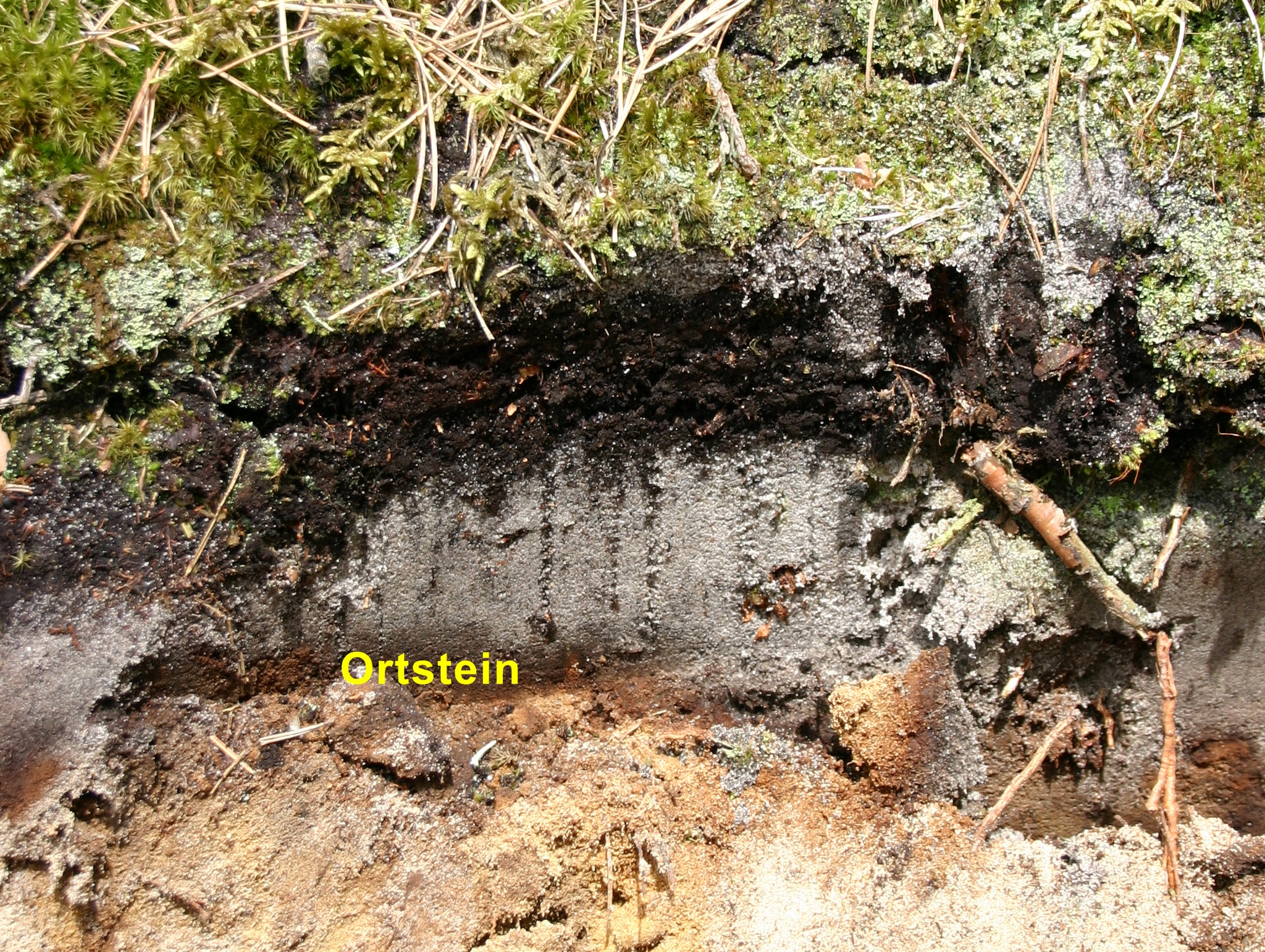Leader: prof. dr hab. Jerzy Lipiec
Team: dr Anna Siczek; dr Marcin Turski
Type of land use (eg. agricultural, meadow, forest) and the intensive use of soil including modern and heavy agricultural machinery, a limited selection of crops and low level of organic fertilization affect the physical state (compactness) of soil and plant growth. Excessive soil compaction level arises from the reduction in total pore volume and the share of large pores. An increase in soil compactness leads to deterioration of plant growth, including the reduction in length, branching and anatomical variations and functions of the roots. As a result of these changes, the distance between the nearest roots increases and reduces the uptake of water and nutrients and pesticides from the soil. Consequently this results in greater chemical leaching below the root zone. Adverse soil compactness also results from the presence of the strong layers such as plough pan and ortstein layers within the illuvial B horizons, occurring in many cases near the surface of the soil.
The aim of the research is to determine the impact of:
- soil compaction of agricultural soils on the growth of selected plants in growth chamber. Plant response to soil compaction is characterized by size and weight of the aboveground parts, relative root length within root diameter classes by image analysis, specific surface area, total cation exchange capacity and density of the surface charge of the roots using physicochemical methods.
- the cemented B horizons with ortstein on the physical and physicochemical properties of meadow and forest soils. We selected four soils in south-eastern Poland, which have a different thickness and depth of occurrence of the ortstein layers. The physical state of the investigated soils is described by penetration resistance, crushing strength, pore size distribution, wetting rate of water and ethanol, and the hydrophobicity index. These properties have a significant impact on plant growth and conductivity and retention capacity. The research involves ortstein layers themselves as well as those neighboring without ortstein.
The realization of the research task will contribute to the development of complex and poorly understood research topic concerning the effects of the soil physical and physicochemical properties on plant growth in relation to soil compaction and type of land use. Detailed examination of the ortstein layers is of practical importance in the appropriate management of soils under meadows and forests, especially in the forest nursery.
Photo 1. Profile of forest soil with ortstein (Photographer: Marcin Turski).
